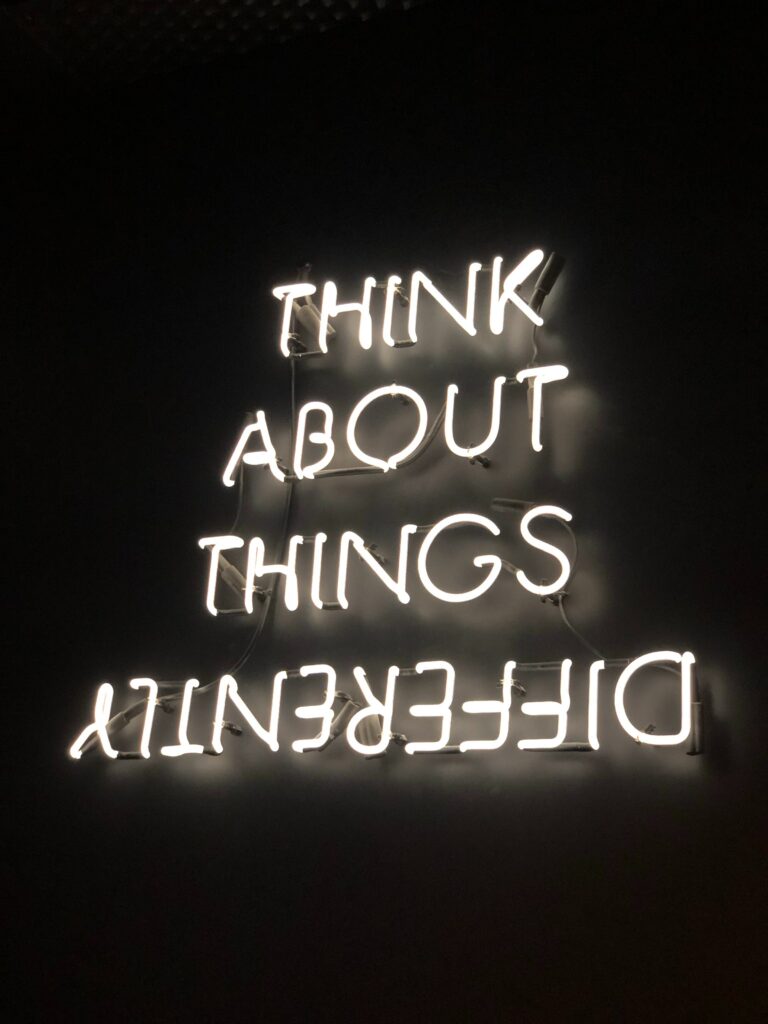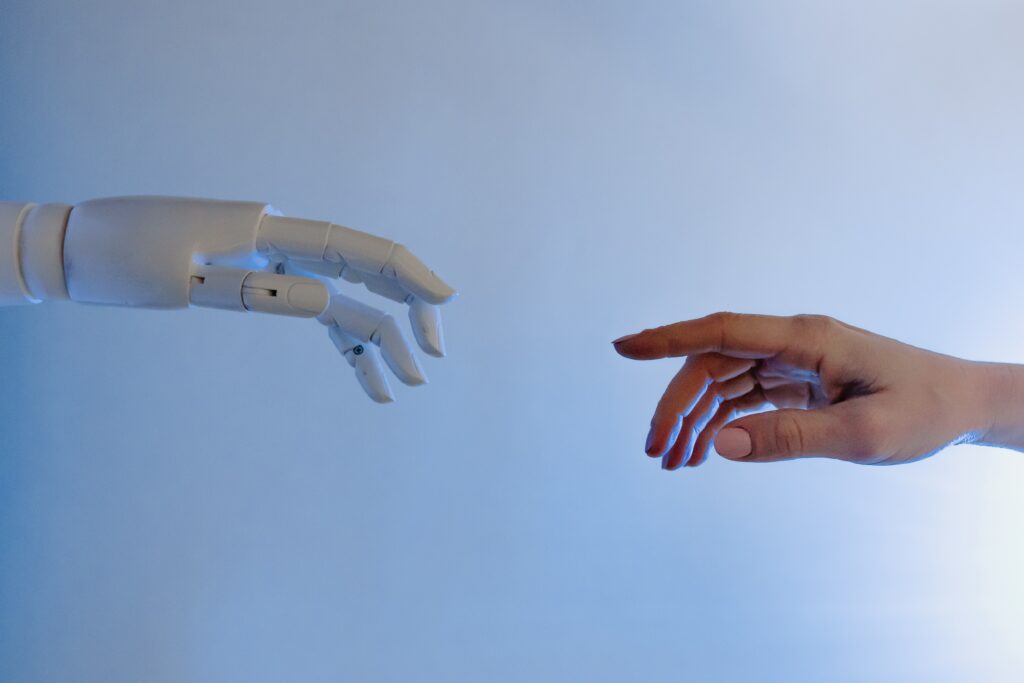
This week in class we watched a Documentary entitled Most Likely To Succeed, by director Greg Whiteley. This film gave an interesting look into some of the problems with our present-day education system, pointing out that the root of many of these problems lies in that the system itself is outdated. Schools as we know them were designed to create hard-working and well-behaved laborers, and though the workforce needs have shifted greatly in the past few decades, these school structures still look much the same. While this Most Likely To Succeed focused on the US school system, many of the in-film critiques apply to the Canadian school system, too.
Most Likely To Succeed posits that a shift in our education system is necessary, and posits a potential solution in its showcase of High Tech High. High Tech High is a school that shifts away from the focus on standardized tests and rote memorization in most schools, and instead engenders inquiry-based learning, critical thinking, and the development of soft skills.

Many of the parents in Most Likely To Succeed were shown to be nervous about having enrolled their child in High Tech High. Some parents acknowledged that the current system is no longer working; increasingly more individuals graduating with prestigious degrees are struggling to get jobs out of college. Still, though, these parents grappled with concerns over how attending High Tech High, with its relaxed approach to the curriculum and lack of standardized tests, might impact their children’s post-secondary prospects.

I agree that our education systems require change, and that moving away from standardized testing and rote memorization is a step in the right direction. I also believe, however, that in order to create meaningful change on a larger, systemic level, educators and policymakers need to re-visit what a successful education looks like. College acceptance or making 6 figures are not the only ways one can be successful. Passions, talents, and individual capabilities deserved to be accounted for and supported, too.
Of course, stating change is easier to imagine than it is to take action on. Even if many agree that change is necessary, educators and policymakers alike might have very different ideas of what that change looks like, and how to action it. There are various processes, democratic and autocratic alike, that must occur first —and these things take time.

One of the hotter subjects of discussion in our class this week was the AI program, ChatGTP. For those that don’t know, ChatGTP is a rather impressive AI technology that can, with the help of digital data it is trained on, answer almost any written prompt it is given. Unlike previous AI of its kind (cleverbot, anyone?), ChatGTP is rather sophisticated in both its breadth of knowledge and its delivery of said information.
For a little peak at what ChatGTP is capable of, take a look at this Shakespearean Sonnet it wrote me about the vegetarian pizza I forgot in my fridge:

While the poem above is rather silly in subject matter, the fact is that ChatGPT took my prompt and wrote a functioning sonnet that does, I think, a rather good attempt at fulfilling the prompt. The fact that it follows proper sonnet conventions (down to the rhyming scheme) and pulls out old English where possible is enough to make me and my creative writing degree more than a little nervous.
So what does it mean that an AI has this sort of capability? Well, it means that we are on the cusp of a new era of technology, and that we are going to have to reframe the way we think of writing moving forward. ChatGPT is already capable of generating entire essays on any number of subjects, and all within a minute or so. On one hand, the possibilities borne from such technology are incredible, yet on the other hand, what does this mean for critical thought or plagiarism?
Essays written by ChatGPT are not great. They lack references (which only adds to the plagiarism issue) and as such, they lack real credibility. A real critical mind (and plenty of fact-checking) would necessary before such writing could be used at all. There is also the fact these essays are written by an AI, and that submitting them as one’s own work and original thoughts is a glaring plagiarism issue in and of itself.

These will be the dilemmas that educators, workplaces, and individuals will need to debate over for some time. Already, however, AI-generated writing and art are being used in academic and workplace settings alike. What does it mean that technology is being released and used at a rate faster than we are able to fully grasp its scope?
I’m not sure what the answer is to that question, but I’m very much curious about what you might think. Shoot me a comment down below to let me know what you think, and feel free to check out ChatGPT yourself to get a better understanding of what this AI can do.

rileym
Heather!
You had a great summary of the documentary and the points that it raised about making changes to the education system. I will be honest that I hadn’t really heard of or used Cleverbot before so it was helpful that you included the link so I could check it out. I wanted to see what it did when I put in the prompt that you used for ChatGPT and it just said “Yes, can you?”. I in fact could not, and did not bother Cleverbot again!
The only thing I could think of was maybe you could touch on the age-appropriateness of ChatGPT but other than that I think you hit everything on the rubric! You had a great selection of images and I liked the way you formatted them in between the text! I don’t think you and your creative writing degree have anything to worry about, I really enjoyed your post! 🙂
Riley